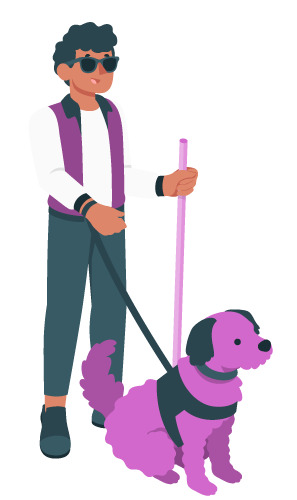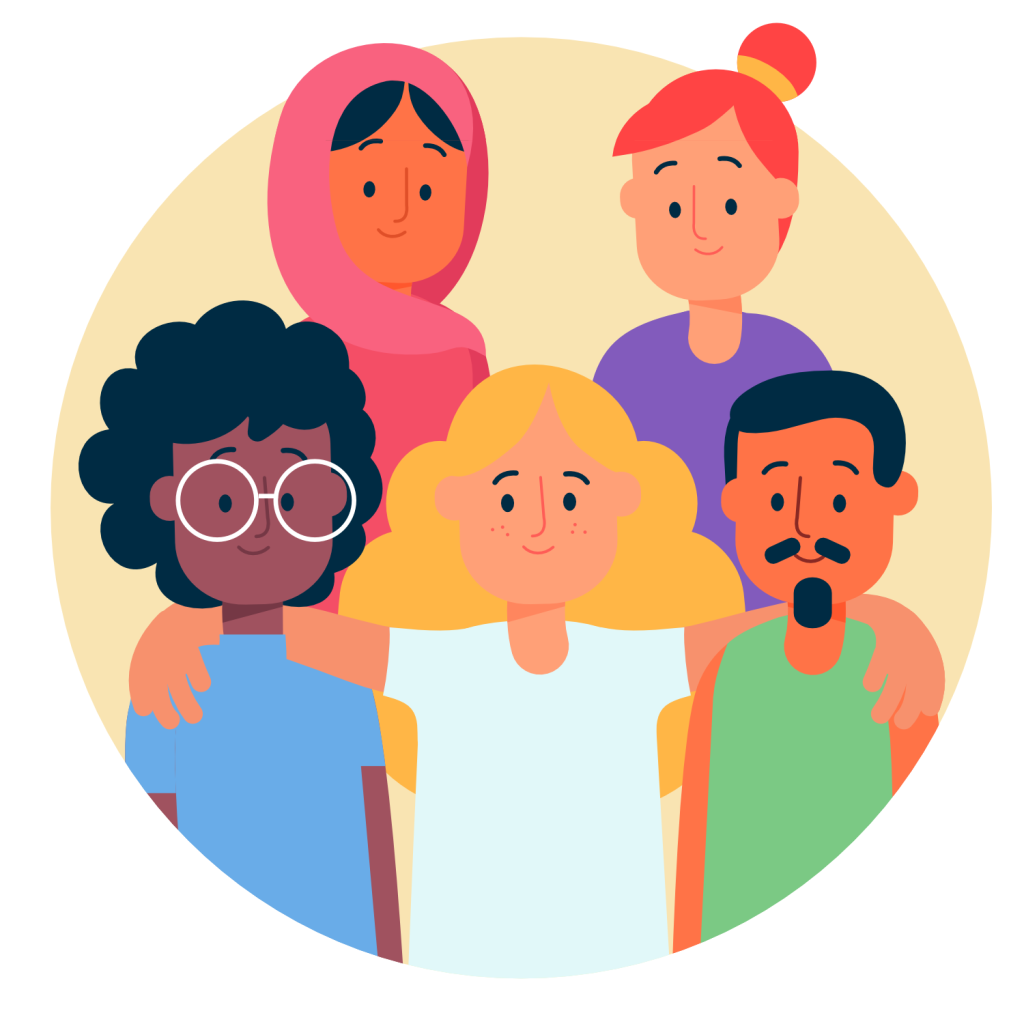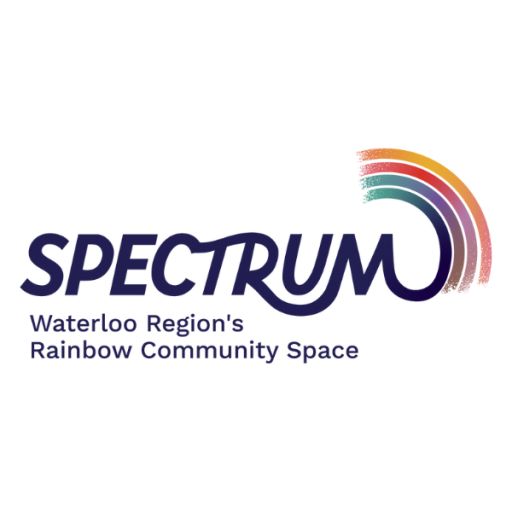In thinking about what better allyship means for groups and organizations, here are a few things to consider:
1. Consider your organization’s physical space, if applicable.

For those organizations that have a physical office where we meet with colleagues or clients, what symbols are present in your space?
Are your washrooms clearly labeled as being for all genders? If no, why not? Is it something you have the ability to remedy, and if not what other steps can you take to communicate your desire to be a safe space for transgender, non-binary, and gender variant people?
Is your space accessible to people with disabilities? If no, why not? What can you do to remedy that inaccessibility?
2. Consider how you document sensitive information.
Another thing to consider is how you manage information within your organization:
How do we document SOGIE (Sexual Orientation, Gender Identity, Expression) matters?
- First ask, do we need to? Do you need information about a person’s gender or sexuality in order to provide your service?
- Why do I need to know? Is this information relevant to my work? Or am I asking because I want to satisfy my curiosity?
If the information is need to know, how do you ask? “How do you identify/describe your gender ?” “What are your gender pronouns?” “What is your name?” One particularly important best practice when collecting this information is to leave blank spaces on forms and documents to describe their own gender. Leave a space for pronouns.
Act on what you collect! If you’ve collected someone’s pronouns be sure to flag them so you actually use them.
3. Consider Common barriers to diverse recruitment.
Lastly, consider any barriers that might exist within your organization to diverse recruitment. Common explicit barriers can include:

- Requiring obscure or esoteric knowledge, or requiring a level of education that is not required to perform a given role
- Requiring industry experience, or experience within Canada. Experience as a requirement to get experience is an awful catch-22 that reinforces existing systems of inequality, because these requirements are disproportionately enforced for people of color and are often waived for white people, and especially white men.
- Only advertising roles internally, or to people already connected with your organization. Requiring that someone have the right kind of insider connections is another explicit barrier that perpetuates inequality.
- Requiring applicants to do free labor – such as a long personality survey or even an intelligence test. Because marginalized people experience employment and pay discrimination, and because women and femmes disproportionately take on household labor, the ability to do large amounts of unpaid work to apply for your position is a kind of privilege. Many people without that privilege will have to prioritize other things, like their current job, or parenting, domestic duties, or other forms of second-shift labor over applying for the role.
- Lack of diversity in your organization. Organizations that are not diverse and do not acknowledge that lack of diversity send clear signals to marginalized people that they will not be safe in your organization.
How to remove those barriers?
So what can you do as an organization to address these barriers?
Call out where you need to do better and take serious action to address those shortfalls.
Be less specific with your education and experience requirement, and be prepared to accept people with “adjacent” or other forms of “non-traditional experience”
Be prepared to support candidates who don’t tick every box with the training they need to get started. Because they get shut out of opportunities and denied chances to acquire experience, it’s common for marginalized people to not look as qualified “on paper”. If your organization is serious about increasing diversity, you need to be prepared to support marginalized people with the training they need to compete on an even playing field.

